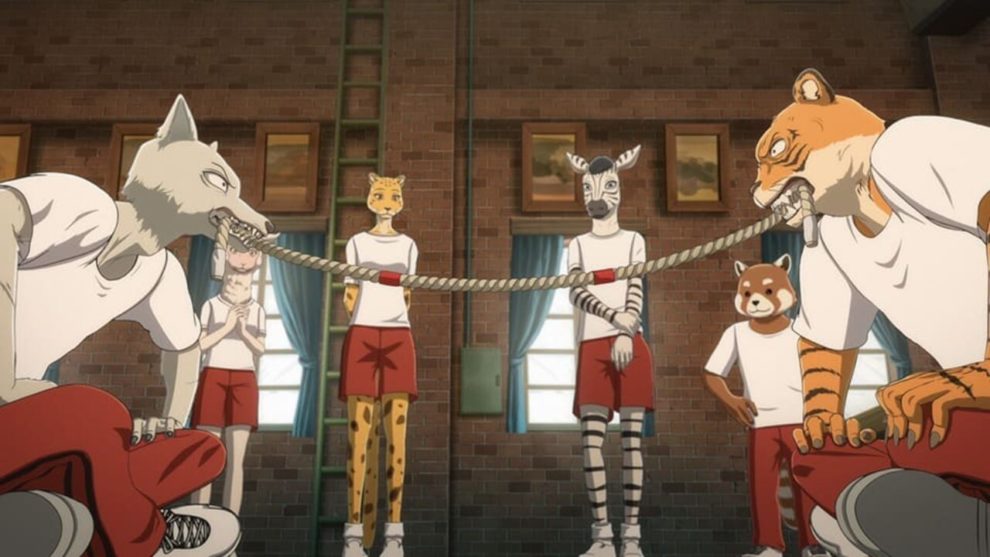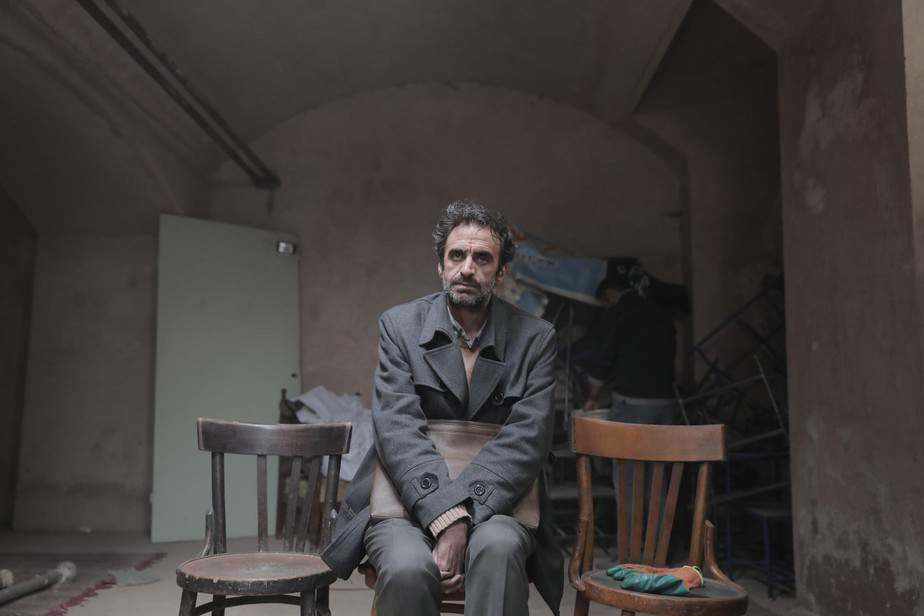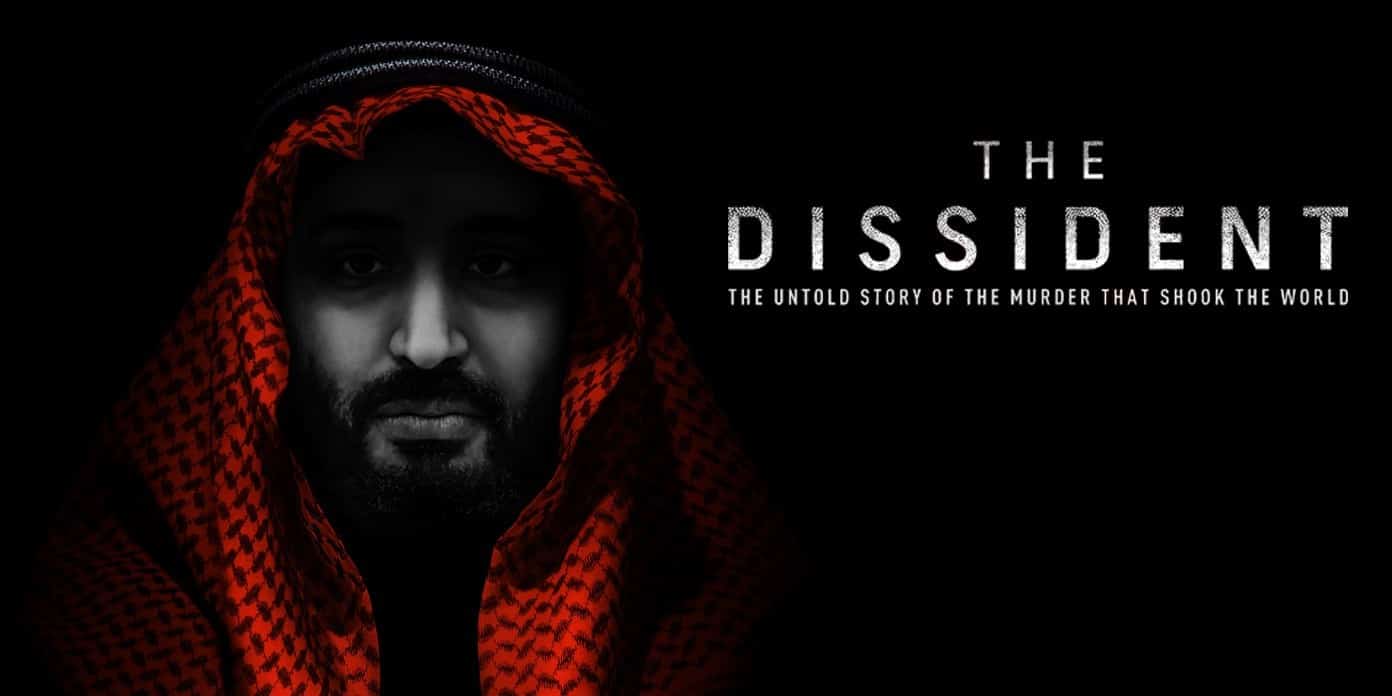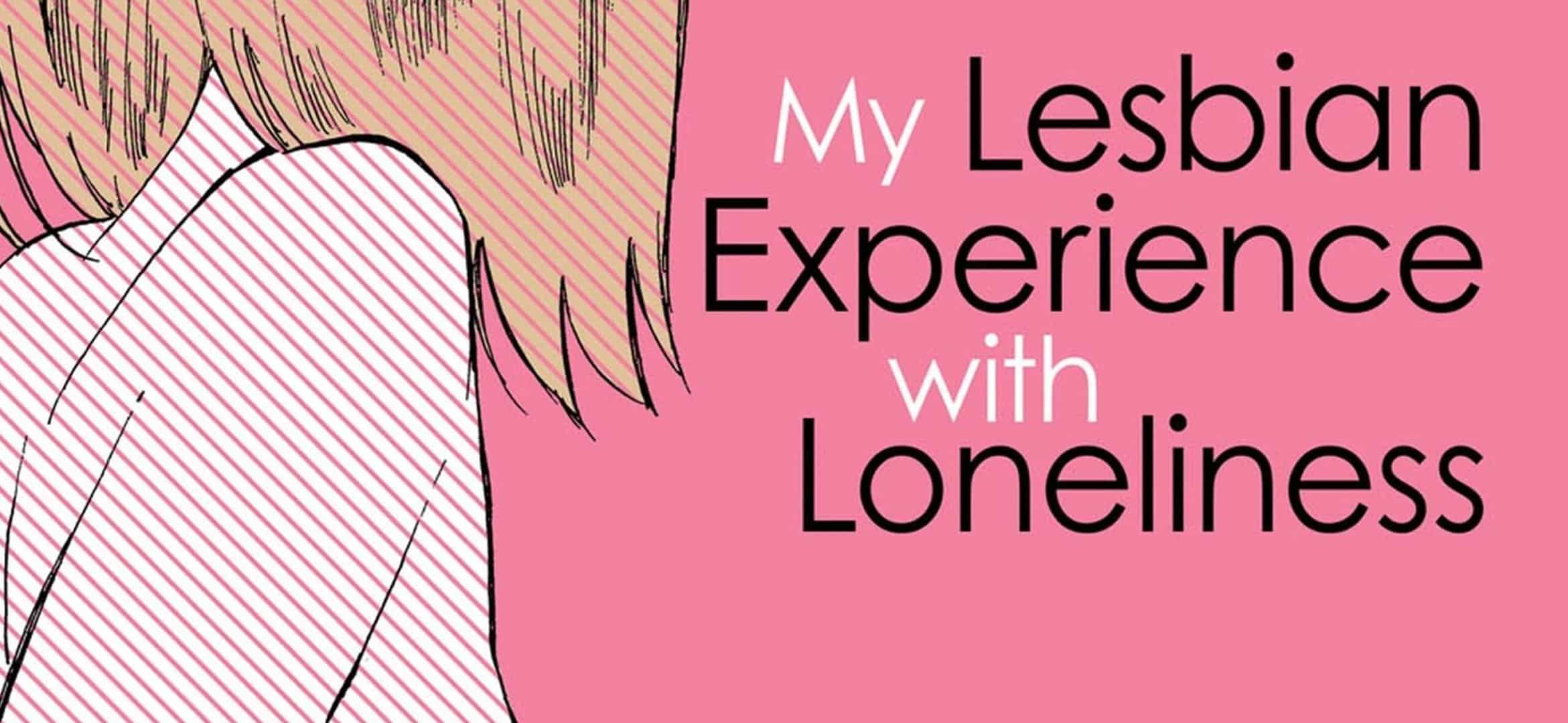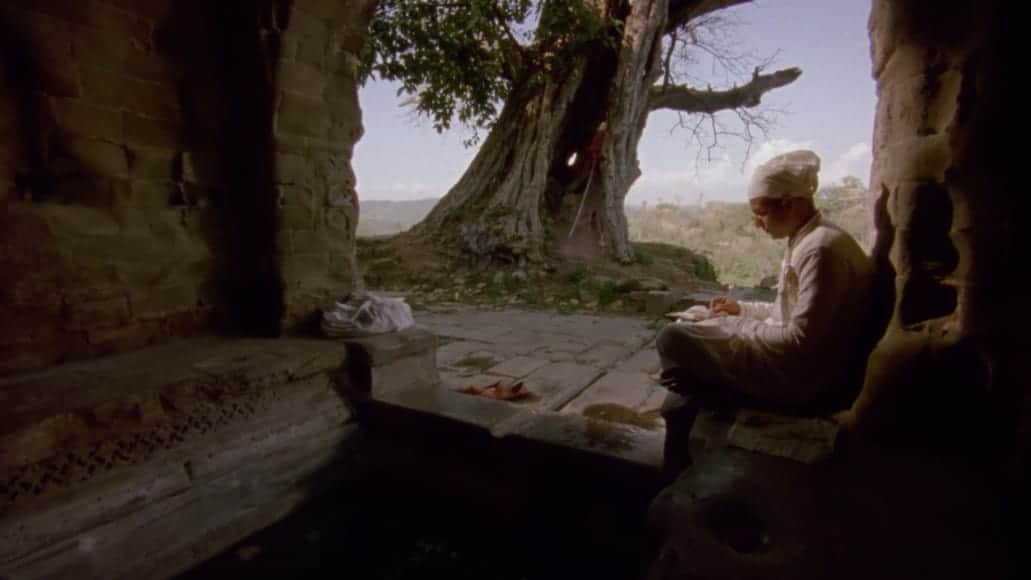The second season of one of the best anime of 2020 continues the impressive mixture of anthropomorphism as a metaphor of various issues of human nature, whodunit, high school drama and coming of age in a package that emerges at least of equal quality with the first part.

Season 2 of “Beastars” proceeds almost immediately to answer all the questions the finale of the previous one left, while adding a number of additional mysteries and plot twists. A creature with many eyes that seem to be lurking in the shadows of the school is soon revealed to be something completely different than what everyone suspected, while Tem's killer is finally revealed, in a series of events that show that what happened was a different kind of crime, to say the least.
Legoshi holds an even more central role this time, and since one of his key purposes was to discover the murderer, he finds himself in a rather unexpected situation, particularly due to the nature of the killer. At the same time, his relationship with Haru becomes even more complicated, despite the fact that the feelings of the tiny rabbit for the big wolf are quite evident. The problem, however, is Legoshi himself, who still feels jealous of her previous relationship with Louis, with his psychological issues resulting in behaviours that can only be described as passive-aggressive. Furthermore, as his intent not to eat meat any more becomes more intense, he finds himself being mentored by Gohin, the bamboo-eating panda, along with a rather creepy snake, which plays a completely different role however.

Even more astonishing is the place Louis finds himself, as his efforts to escape his fate as Beastar brings him, literally, in the lion's den, in a concept that can only be perceived as ironic, particularly since the black market, where his arc takes place, is an area where herbivores are killed illegally to feed carnivores who cannot handle the lack of meat.
The appearance of Pina in the drama club of Cherryton Academy adds even more to the context, since his womanizing, shameless, pompous and somewhat cunning ways provide a distinct antithesis to Legoshi's, in a relationship that is quite interesting to watch unfolding, particularly when another side of the sheep eventually connects him to the unsolved crime. Lastly, the perpetrator is revealed as another rather interesting persona, with his inner fighting resulting in something that can only be described as paranoia and sociopathy, with his interactions with Legoshi being among the most interesting elements of the narrative.
Also of note are some of the peripheral characters, with Juno's growing popularity and her continuous feelings for Legoshi leading her to more complex paths, particularly through a heated interaction with Haru, while a dancing sequence she is a part of is among the best moments of the titles, in terms of animation. Another equally impressive scene is the one at the strip joint, where the star of the establishment gives a rather memorable performance.
Contextually, “Beastars” continues to be rather profound, with the narrative being filled with sociophilosophial comments, with the combination of characters that presents characteristics of both animals and humans working excellently. The main concept remains of if people (and animals) can go against their nature, with the story suggesting that they can, but not at all times, and not without intense psychological and physical pain. Sex and how it affects the mentality of teenagers in particular is another central one, while the concepts of self sacrifice, exposure on social media (The phrase “I will post this on Beastbook” will definitely bring laughter to the viewer), addiction, popularity, racism and segregation are also commented upon, intensifying the depth of the series.
Of course, action is not missing also, with the violence being another main element of the story, although the most intense one is kept for the finale. That all kinds of fights here have a contextual meaning and are not just present to draw the viewer's attention, emerges as one of the best traits of the series. Furthermore, the astonishing combination of hand-drawn and CGI animation finds its apogee in these scenes, although the movement of the protagonists throughout the title is excellent, in one of the best works in the field we have seen the latest years, with Orange's work being truly top-notch. The same quality applies to Satoru Kousaki's character design, who continues his great work from the first season, with every new character being rather unique and quite detailed in its drawing, with their appearance also having a contextual meaning, as with Pina's horns for example.
Not much more to say, “Beastars Season 2” continues where the first left off in terms of quality, in a title that will certainly be among the best of the year once more.


